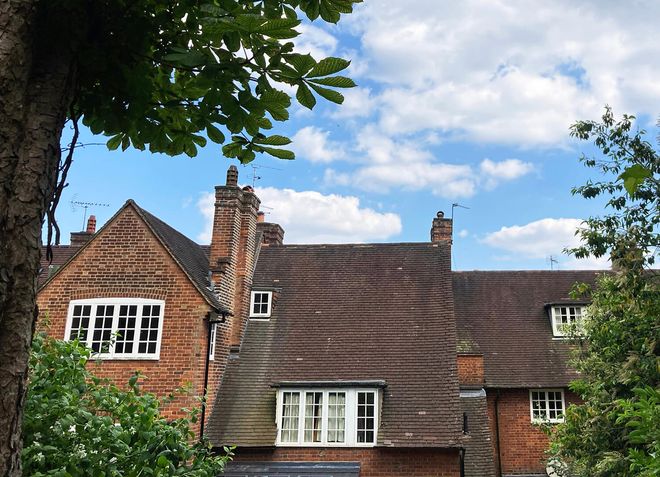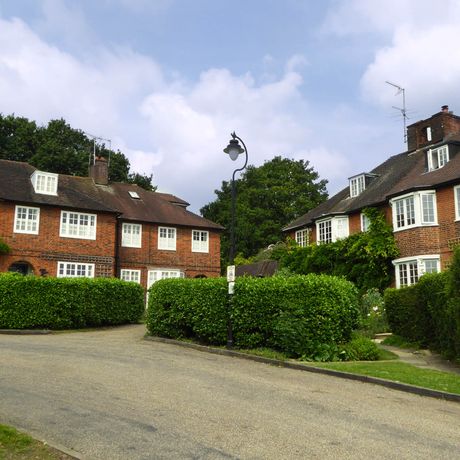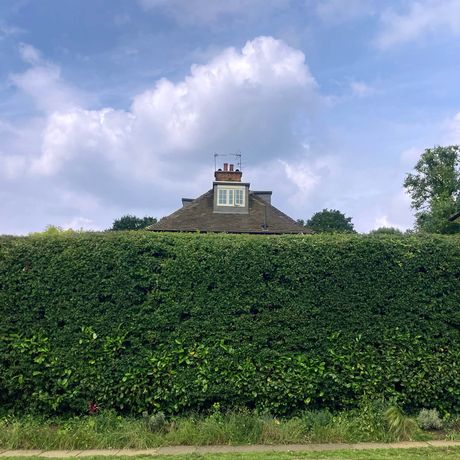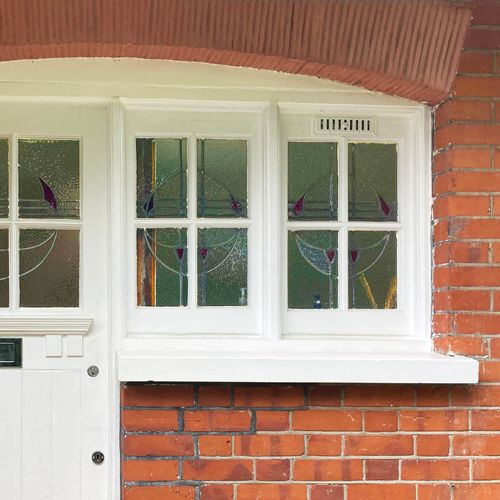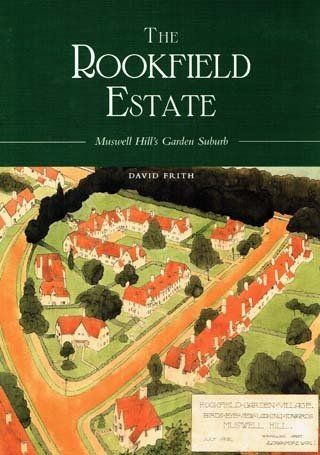Rookfield
garden village
Rookfield
garden village
Rookfield Garden Village is a prime example of design that recognises the value of aesthetics in creating a good way to live. Its unchanged character (and infrequency of homes for sale) is a testament to the values and ethics of those who built it. These few roads hold the largest collection of Arts & Crafts houses in England and enjoy protection as a Conservation Area.
Rookfield Garden Village is a fine example of design that recognises the value of aesthetics in creating a way to live. The area's unchanged character (and the infrequency of homes for sale) is a testament to the values of those who built it. These few roads hold the largest collection of Arts & Crafts houses in England and enjoy protection as a Conservation Area.
In Britain, in the mid 19th century, the Aesthetic Movement felt industrialisation had made the world soul-less. They celebrated art and held the pursuit of beauty above the moral restrictions of the Victorian society they felt stifled by.
Evolving from them, the Arts & Crafts movement believed art should be part of ordinary, everyday life. They too were responding to the blandness of mass production. If you made something to be used, best to make a beautiful version.
Although the Arts & Crafts movement was influenced by the decorative Gothic style (going through a revival at the time) there was also a feeling that industrialised ornamentation simply disguised poor quality. The movement sought a more honest way of making and appreciated traditional craftsmanship that celebrated the material.
The Arts & Crafts movement revived craft-skills had a huge influence on all aspects of design, from graphics to fashion, ceramics, furniture and architecture.
It is clear that the Collins family (architects, builders and owners of the Rookfield Garden Village) were influenced by Arts & Crafts designers such as William Morris, Philip Webb and Edwin Lutyens.
W.J. Collins founded the Rookfield Estate. His first houses were in Etheldene and Rookfield Avenues. His sons, W.B and Herbert continued. Their father, a Master Builder, had insisted on them receiving training in the trades and they were both accomplished carpenters. As architects, their craft background informed their designs.
W.B. Collins completed the Rookfield Estate. Herbert became a Fellow of the Royal Institute of Architects. He built several schemes held up as examples to follow by the Ministry of Health. He was a Fellow of the Town Planning Institute and served as a director of Welwyn Garden City. The Rookfield Garden Village is where he first put the principles in practice.
As a family of builders, the Collins constructed much of Crouch End and Muswell Hill. The Rookfield, following Arts & Crafts principles and conceived in the Garden Village style, is a fine example of their work.
Tree Poisoning?
A developer who said he wanted to remove a tree within the Rookfield was filmed going through the fence by the tree with a large plastic bottle. He says he was having a drink. What do you think? Watch the video...
Have nothing in your house which you do not know to be useful or believe to be beautiful
William Morris
Have nothing in your house which you do not know to be useful or believe to be beautiful
William Morris
The Rookfield Estate – Muswell Hill’s Garden Suburb
By David Frith
ISBN 978-0905794471 Published by HHS
This book traces the early history of the Rookfield Estate. It includes a history of the Collins family who were responsible for its development. Based on Hornsey Council approval records, the book featuring over 80 illustrations, old maps, old views and photographs of many of the houses. The author, David Frith, was a town planner. He was the first Borough Planning Officer to the new London Borough of Haringey on its inception in 1965 and held the post for 22 years. He a long-time resident of Muswell Hill, the Vice Chairman of Hornsey Historical Society, a member of the General and Publications Committees and the society’s Conservation Officer.
Available from the Hornsey Historical Society





